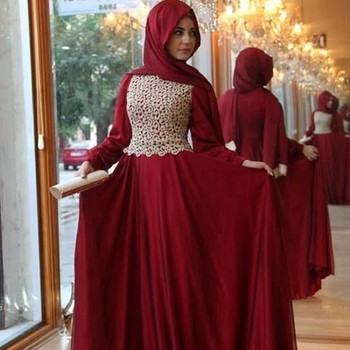Enlist the air passageway from the nostrils to alveoli ?
1 Answer
Apr 22, 2018
See the explanation below
Explanation:
Air Passage Way
It consists of the parts through which outside air enters our lungs and after the exchange of gases it goes out. It consists of following parts:
- Nasal cavity
Nose encloses the nasal cavity .It opens to outside by two openings called Nostrils It is divided into two portions by a wall.Each portion consists of fine hair and mucous which filters dust particles. Mucous also moistens and warms the outside air and makes it equal to that of our body. - Pharynx
Nasal cavity opens out by the means of two small openings called internal nostrils. Pharynx is a muscular passage and it is common to both food and water. It stretches to oesophagus and trachea.Air goes from pharynx to larynx.Glottis is an opening at the floor of pharynx that leads to larynx. - Larynx
Larynx is a box of cartilage between trachea and pharynx. It is also called Voice Box.A pair of fibrous bands called vocal cords are stretched across larynx.Air goes in them and the cords vibrate.This vibration produces sound. - Trachea
Larynx extends to trachea which is also called Wind Pipe.
It is 12cm long tube present in the front ;of oesophagus. It has cartilagenous rings in its walls.These rings prevent trachea from collapsing even when there is no air inside it. - Bronchi
Trachea enters the chest cavity and divide into two branches called Bronchi. Bronchi also have cartilagenous rings in its walls.Each bronchi enters lungs of its side and divide into smaller branches. - Alveolar Ducts
Bronchi continue dividing into lungs until they form small bronchioles. They lose cartilagenous plates as they become thinner. Bronchioles continue dividing until they form tiny tubules called Alveolar Ducts. - Alveoli
Alveolar ducts open into a cluster of pouches called Alveoli.
Alveoli forms respiratory surface in human body. It is thin sac like structure lined by a single layer of epithelial cells. It is surrounded on outside by capillaries.

